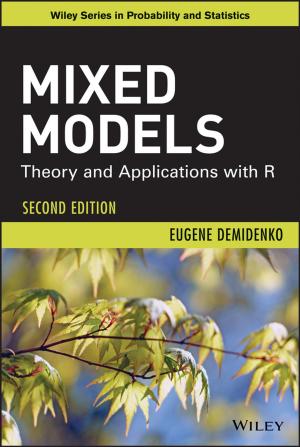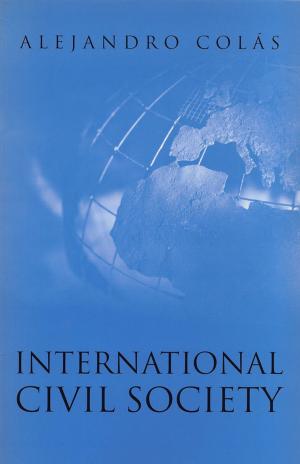Chemostratigraphy Across Major Chronological Boundaries
Nonfiction, Science & Nature, Science, Earth Sciences, Geology| Author: | ISBN: | 9781119382584 | |
| Publisher: | Wiley | Publication: | November 16, 2018 |
| Imprint: | American Geophysical Union | Language: | English |
| Author: | |
| ISBN: | 9781119382584 |
| Publisher: | Wiley |
| Publication: | November 16, 2018 |
| Imprint: | American Geophysical Union |
| Language: | English |
E****xploring environmental changes through Earth’s geological history using chemostratigraphy
Chemostratigraphy is the study of the chemical characteristics of different rock layers. Decoding this geochemical record across chronostratigraphic boundaries can provide insights into geological history, past climates, and sedimentary processes. Chemostratigraphy Across Major Chronological Boundaries presents state-of-the-art applications of chemostratigraphic methods and demonstrates how chemical signatures can decipher past environmental conditions.
Volume highlights include:
- Presents a global perspective on chronostratigraphic boundaries
- Describes how different proxies can reveal distinct elemental and isotopic events in the geologic past
- Examines the Archaean-Paleoproterozoic, Proterozoic-Paleozoic, Paleozoic-Mesozoic, and Mesozoic-Paleogene boundaries
- Explores cause-and-effect through major, trace, PGE, and REE elemental, stable, and radiogenic isotopes
- Offers solutions to persistent chemostratigraphic problems on a micro-global scale
Geared toward academic and researchgeoscientists, particularly in the fields of sedimentary petrology, stratigraphy, isotope geology, geochemistry, petroleum geology, atmospheric science, oceanography, climate change and environmental science, Chemostratigraphy Across Major Chronological Boundaries offers invaluable insights into environmental evolution and climatic change.
Read the Editors' Vox: https://eos.org/editors-vox/unravelling-the-past-using-elements-and-isotopes
E****xploring environmental changes through Earth’s geological history using chemostratigraphy
Chemostratigraphy is the study of the chemical characteristics of different rock layers. Decoding this geochemical record across chronostratigraphic boundaries can provide insights into geological history, past climates, and sedimentary processes. Chemostratigraphy Across Major Chronological Boundaries presents state-of-the-art applications of chemostratigraphic methods and demonstrates how chemical signatures can decipher past environmental conditions.
Volume highlights include:
- Presents a global perspective on chronostratigraphic boundaries
- Describes how different proxies can reveal distinct elemental and isotopic events in the geologic past
- Examines the Archaean-Paleoproterozoic, Proterozoic-Paleozoic, Paleozoic-Mesozoic, and Mesozoic-Paleogene boundaries
- Explores cause-and-effect through major, trace, PGE, and REE elemental, stable, and radiogenic isotopes
- Offers solutions to persistent chemostratigraphic problems on a micro-global scale
Geared toward academic and researchgeoscientists, particularly in the fields of sedimentary petrology, stratigraphy, isotope geology, geochemistry, petroleum geology, atmospheric science, oceanography, climate change and environmental science, Chemostratigraphy Across Major Chronological Boundaries offers invaluable insights into environmental evolution and climatic change.
Read the Editors' Vox: https://eos.org/editors-vox/unravelling-the-past-using-elements-and-isotopes















